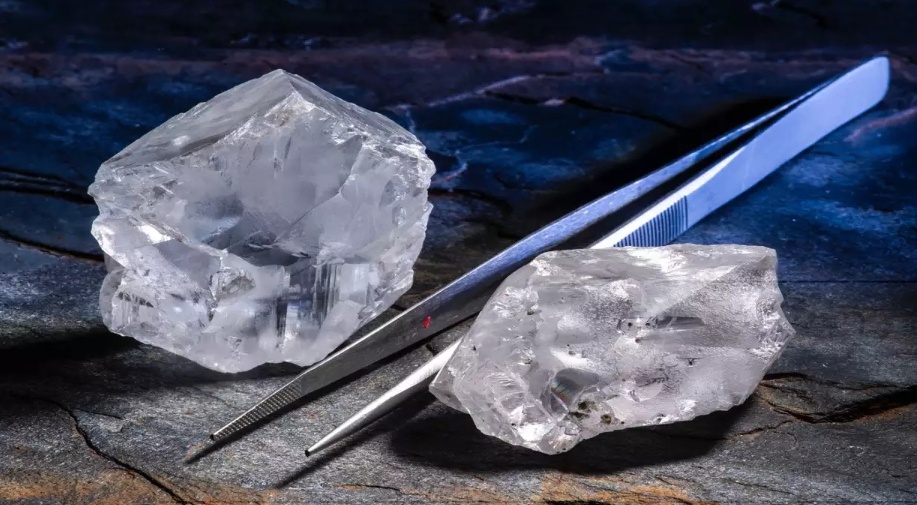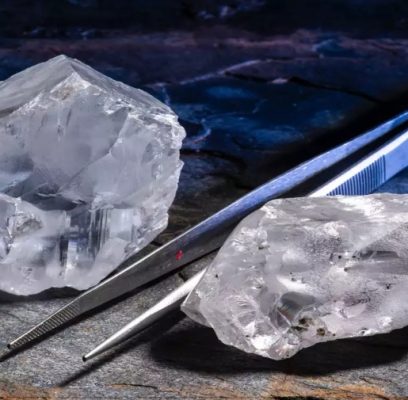Diamond industry and mining analyst Paul Zimnisky predicts that the supply of natural diamonds in 2022 will remain at the level of last year at ~117 million carats of rough diamonds. He states his reasons.
Although demand for natural rough diamonds has exceeded the record levels of 2021, the supply of natural diamonds in 2022 is expected to be at the same level as last year.
In this regard, according to Paul Zimnisky, the global supply of natural rough diamonds last year amounted to approximately 117 million carats of diamonds, and the same is expected this year.
This compares with 140 million carats in 2019, over 150 million carats in 2017 and nearly 180 million carats in 2005, which is estimated to be an all-time high.
This downward trend in supply volumes can largely be attributed to low rough prices over the past decade, which has effectively thwarted the desire to explore and develop new projects. Consequently, the supply of old mines has declined in recent years, while the very limited new sources of diamonds have not been enough to compensate for this decline.
Over the past 5 years, over 30 million carats of net annual supply have gone off the market due to loss of supply from mines such as Argyle in Australia, the Internatsionalnaya pipe and Mir mine in Russia, and the Victor mine in Canada.
After 2022, global supply will remain in the range of 115 to 125 million carats per year until the end of the decade, according to Paul Zimnisky.
The Ekati and Diavik mines in Canada’s traditional Northwest Territories are expected to be depleted by mid-decade. (Note: The Arctic Canadian Diamond Company, which owns the Ekati mine, is exploring the possibility of extending the life of the mine through a program of remotely controlled robotic mining technology; this issue was discussed on Paul Zimnisky’s Diamond Analytics podcast with CEO Rory Moore (Rory Moore) in May, here is a direct link to listen).
In addition, the Almazy-Anabara placer mines in Siberia in Russia are approaching natural depletion by 2025 (according to current resource reports), as is the small but legendary Zarnitsa mine in particular, being the first commercial diamond mine in Russia.
The Koffiefontein mine in South Africa is also set to reach full capacity within the next three years, a mine that has been in operation since 1870.
The ongoing Luaxe mine in Angola, which remains the only major new diamond mine currently under construction, is expected to offset some of the lost production in the coming years. However, the launch date of the Luashe mine remains in doubt as several technical issues remain unresolved and funding for the project has yet to be formalized.
In terms of the potential for new discoveries, exploration for new diamonds is taking place in Angola, Canada, Botswana, Russia, Australia, the DRC, Zimbabwe and Brazil, although global investment in exploration is estimated to be the lowest in decades despite the need for new supply .
However, industry players De Beers and Rio Tinto have recently acquired mining licenses to search for diamonds in Angola. In addition, independent producer Gem Diamonds said just last month that it was “making its first attempts in Angola.” (Note: Russia’s largest company ALROSA has a long-standing relationship with Angola through its mining joint venture at the Catoca mine, ALROSA is also a partner in the Luasche mine.)
After years of civil war that stymied foreign investment, De Beers noted in April: “Angola has worked hard in recent years to create a stable and attractive investment environment… The country remains highly promising in terms of diamonds.”

